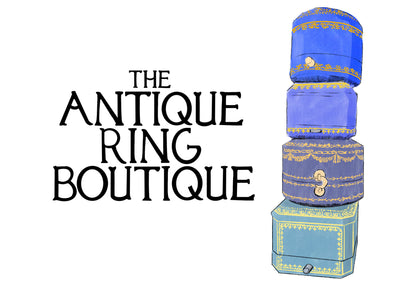The Beryl family consists of a variety of lighter coloured species of gemstones. The first, and best known, is Emerald. Notably the only precious stone found in the group. The other beryls include aquamarine, morganite, heliodor, green beryl and red beryl (the rarest).
The Georgians and Victorians favoured a subdued colour palette. The pale pinks, sea greens and teal blues is what made these particular gemstones a popular choice for jewellery during the 18th and early 19th century – especially for elaborate gold suites and magnificent parures.
At the turn of the 20th century, it was discovered that aquamarine can be treated with controlled heating. The result was aquamarine of more definitive blue saturation. In today’s market, there is a demand for larger sky-blue aquamarines, rather than the early examples of greeny-blue tone. In particular, art deco style rings set with over-sized specimens complimented by baguette-cut diamonds. In contrast to emeralds, aquamarine is often found in relatively large, clean crystals, the most famous source being the Santa Maria mine in Brazil. The clarity and delicate blue hue of aquamarine has given the stone the obvious affinity with water from which its name is derived. Aquamarine is the birthstone of march, and historically the stone been endowed with talismanic properties, they are the seafarer’s stone, promising prosperous voyages for sailors by ensuring a calm, blue ocean. According to an old myth, aquamarines were originally washed ashore from the great depths of the sea where they had lain in the sirens’ jewel-caskets.


